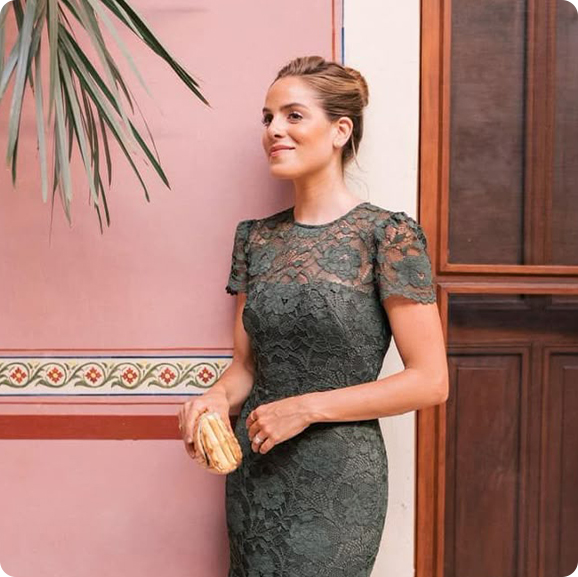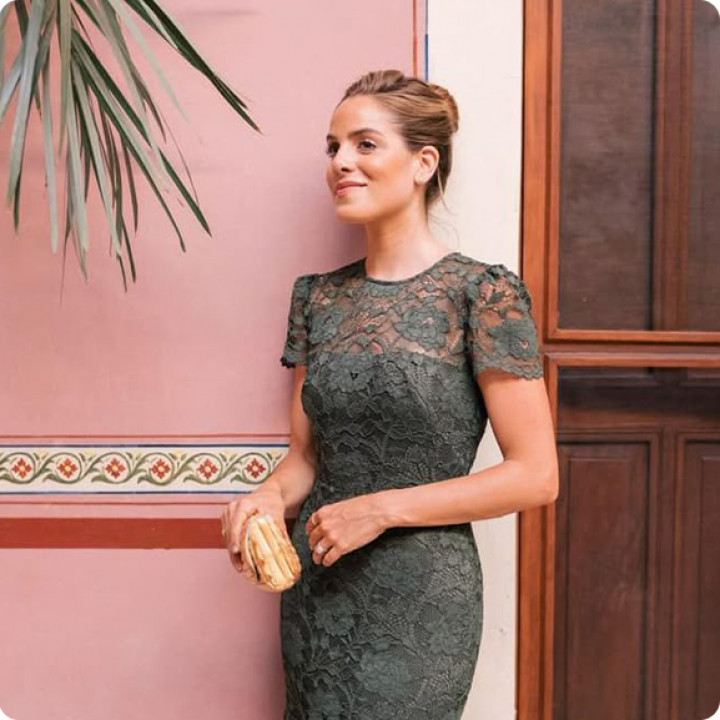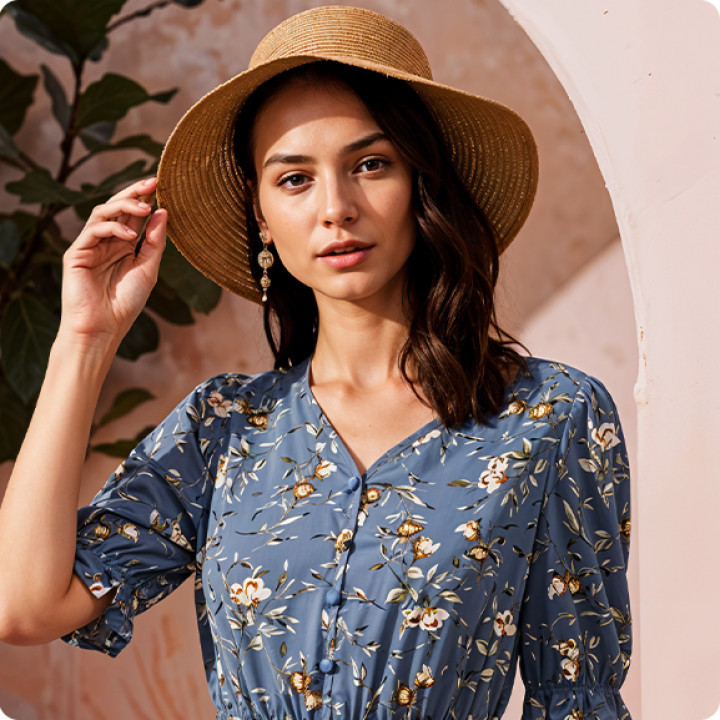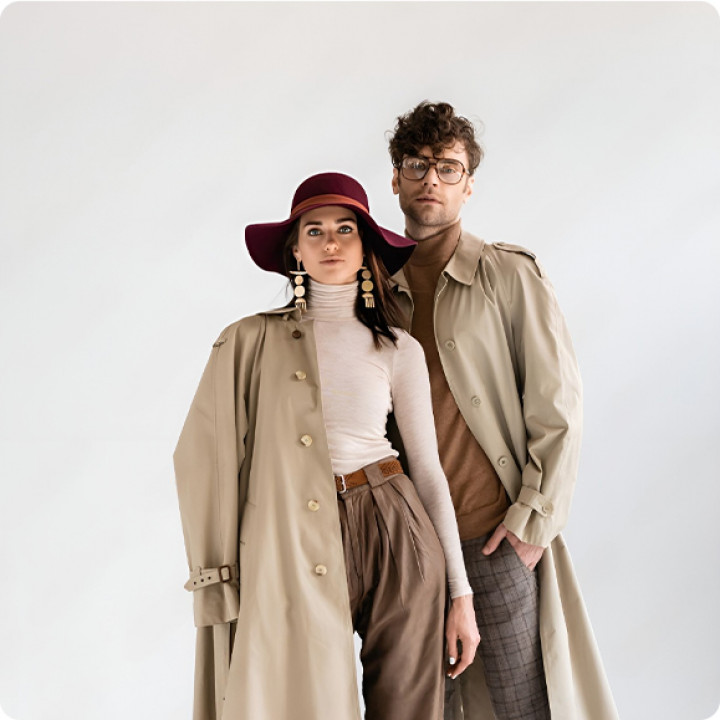
Everyday Ethnic Made Easy: How to Style Traditional Pieces for Daily Wear
There’s a quiet kind of power in clothing that tells a story. Not the loud kind, but the kind you feel - the kind that roots you while moving you forward. In a world of rushed wardrobes and ready-to-go choices, traditional pieces carry whispers of legacy, stitched with grace and grounded in familiarity. The beauty of Indian wear lies in how it bridges occasion and ordinariness - how something ornate can still feel like second skin.
Wearing ethnic isn’t reserved for grand celebrations or ceremonial affairs. It can walk with you through everyday moments - to the market, to your workspace, through afternoons with family, or evenings alone with thought. The key lies in styling it with intention. Let the fabrics breathe. Let the forms be fluid. Let the past and present hold hands in your silhouette.
Start with the basics: a classic kurta, for instance, doesn’t need grand embellishments to stand out. Pick cottons that carry the day lightly on your skin. Choose shapes that move as you move - straight cuts, soft gathers, subtle flare. A high slit here, a neat neckline there, and suddenly, you're styled without even trying. The real beauty? It looks effortless, because it is.
Then come the layers. Lightweight jackets with traditional prints, sheer overlays that float with the wind - these aren’t just for show. They bring dimension without adding drama. Think breathable fabrics, natural hues, earthy textures. They don’t demand attention, but they hold it - quietly, comfortably, completely.
Bottoms too can play their part. Tapered fits for structure, wide flares for comfort, or fluid mid-lengths for something in-between. Pairing doesn’t mean matching. Let contrast work for you - a muted kurta with a textured lower, or prints with solids, tones with neutrals. The secret lies in balance, not boldness.
Dupattas - those flowing frames - are more than just tradition. They lend elegance, movement, a certain unhurried charm. On busy mornings, a soft drape over one shoulder can redefine your look without adding complexity. Choose ones with minimal work - a thread border, a washed dye, a light weave. Let it be a breeze, not a burden.
Now step into colours. Daily ethnic doesn’t need to shout in reds and golds. Think deep olives, dusty rose, ink blue, charcoal, sand, rust. Shades that echo the earth, sky, and memory. These colours don’t fade with fashion - they evolve with you. Wear them and feel not dressed up, but dressed truly.
Prints bring character - but the kind that doesn’t overwhelm. Subtle block prints, delicate motifs, hand-done patterns - they nod to heritage without overpowering your presence. Pair a patterned top with a plain lower, or vice versa. Mix textures if you must, but let one voice lead and the other echo.
The beauty of ethnic dressing for everyday life is that it can feel both elevated and easy. You can lounge in it, work in it, think in it, and step out without ever having to switch outfits. It offers continuity - the same piece that hugs your morning can float into your evening.
Most importantly, choose what feels right. Not what looks right in someone else’s eye. There’s nothing more graceful than comfort worn with clarity. If your sleeves are too fussy for your tasks, shorten them. If the flare feels excessive, tone it down. Edit as you go. The traditions we wear should serve our pace, not slow us down.
Don’t be afraid to repeat outfits. The charm of traditional clothing is that it changes with how you carry it. A single kurta can feel new with each wear - depending on how it’s paired, folded, or layered. It’s not about variety. It’s about versatility.
In a world that often celebrates excess, everyday ethnic reminds us of enough. Of finding beauty in the repeat, the worn-in, the beloved. Of listening to cloth that speaks of homes and hearts. Of looking into the mirror and not seeing fashion, but feeling self.
So, dress not to dazzle, but to dwell - in your roots, your rhythm, your rhythm, your real. Traditional pieces aren’t costumes. They’re continuations. You wear them not to return to the past, but to carry it quietly into today. And when done with thought, that quiet can turn heads more than any trend.




